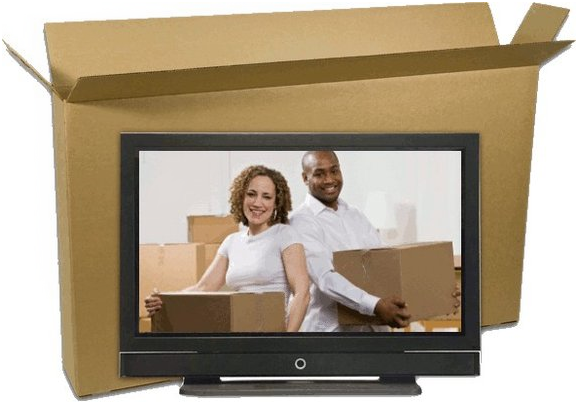It is easy to consider things becoming
obsolete. The challenge lies in saving it from obsoletion. It would surprise
you, but all it takes to prevent obsolescence is a little nudge in the right
direction. Let’s take the example of cardboard boxes. While packaging material
suppliers may try their best at recycling the boxes or reusing them, there is a
point when the boxes become too frail as they are no longer able to serve the
purpose for which they were created.
Once this stage is reached, there is
nothing much that can be done. In my personal opinion, the best thing that you
could do is to sell the “dead” boxes for whatever they are worth and then
invest in new obsolete boxes. These obsolete boxes are good as new and most of
them are unused / fresh. The reason behind their obsolescence could be incorrect
sizing, incorrect printing and incorrect board grade. Technically, there is
absolutely nothing that is wrong with these boxes so they can be put to good
use. In fact, they come pretty cheap so you can actually end up saving money by
using new obsolete boxes for your packaging solutions.
Many people are unaware of the actual
condition of the so called “obsolete boxes” and just because of a technical
name, they don’t consider these boxes. Here are 3 ways in which you can breathe
life into the new obsolete boxes and contribute towards sustainable practices
in the packaging industry.
E-Commerce Packaging
Everyone knows that ecommerce packaging
requirements are quite diverse because the order made by a particular customer
would be unique and can contain any number of items. This requires the
ecommerce business to have boxes of differing sizes to incorporate the different
order sizes. Instead of investing in new boxes, it would be a smart approach to
get new obsolete boxes (available in printed as well as plain format) and use
them as per requirement.
By getting plain boxes, you can brand the
boxes yourself or even come out with special labels for seasonal offerings.
Even the printed ones can be used by simply putting a label on the print. This
would save a lot of time, money and efforts in the process.
Personal Storage Box
This is probably the best use that can be
made for the new obsolete boxes. There are no specific requirements for
personal storage so boxes of any size or print can be used quite easily. You
may store clothes, books, crockery, delicate items or just about anything that
you wish to store. Since these are for your personal use, minor technical
errors won’t make much of a difference to you.
Individual Delivery Box
The problem with recycled or reused boxes
is that if they are used too much, then the fibres tend to lose their strength
and this compromises the durability of the package. You can invest the same
amount in new obsolete boxes and get the benefit of strong cardboard material
as these boxes have never been used before. For individual delivery
requirements, the new obsolete boxes are perfect because you can use them to
pack any item and send it after proper packaging and labelling has been done.










